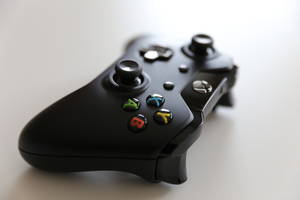Creating a virtual reality in which stroke patients have full use of their limbs has been shown to greatly improve recovery, according to a groundbreaking  clinical pilot study.
clinical pilot study.
Following a stroke, patients are often left with reduced muscle strength on one side of the body, a condition known as 'hemiparesis', and if left untreated this can result in 'learned non-use' of the affected limb and further loss of function.
A team of Researchers led by Belén Rubio Ballester at the Universitat Pompeu Fabra, Spain, writing in the Journal of NeuroEngineering and Rehabilitation, used a Microsoft Kinect sensor to simulate arm movements on their 'Rehabilitation Gaming System', or RGS.
The RGS system recreates simple arm movements, such as grabbing or reaching for an object and the level to which the virtual arm responds to these motions can be adjusted. The movements of the patients were amplified, without their knowledge, and as a result there was a significantly higher probability that the patient would select their stroke-affected limb when reaching for an object, rather than their fully functional one.
Considering how the brain recovers from a stroke was a key component in motivating the research, as co-author Paul Verschure explains. "The question we wanted to answer was how we allow a brain to recover after a stroke? Do we try and fix it like a mechanical device? Or do we try to create the optimal conditions it needs to recover itself? Virtual reality presents a world that creates a system for recovery."
The study focused on completing simple tasks such as brushing your teeth or drinking from a cup, as research has shown these to be vital in re-establishing a better quality of life following a stroke. "Our system reinforces positive movements in the patients, allowing them to acquire a new confidence in their motor system and ultimately improve their belief at a sub-conscious level."
One current method often employed to treat hemiparesis is constraint-induced therapy, where patients are forced to use their bad limb by restricting the movement of their healthy one. But such measures, Paul explains, "rely on clinical repetition and are not based on any underlying scientific theory. Our theory-oriented approach is unique and uses what we have learnt about the brain over the past 20 years to direct our future advances in aiding its recovery."
The team have successfully treated over 500 patients using the confidence-based RGS system and one of the main reasons for its success is thought to be the creation of training goals. "The brain is a very goal-oriented system and virtual reality allows us to build a training environment where goals can be achieved. It allows you to do anything, and as such is a very powerful tool."
Games consoles are perhaps then not as bad for our health as many experts would have you believe, the RGS, it seems, is certainly improving mobility, rather than harming - or should that be "arming" - it...










Comments
Add a comment